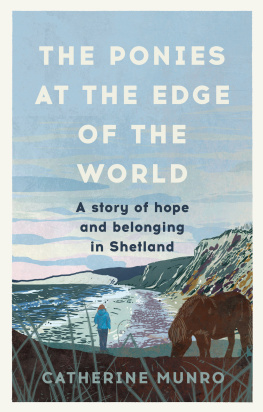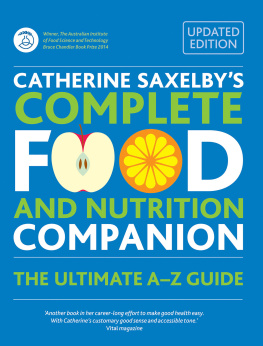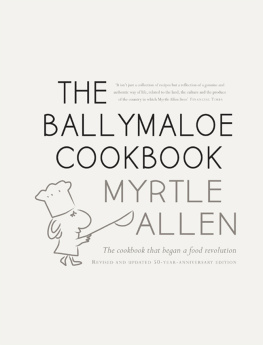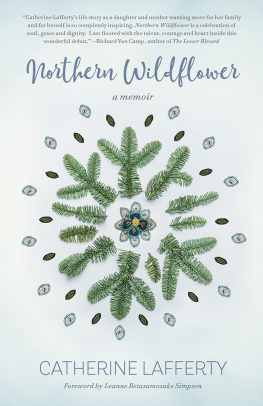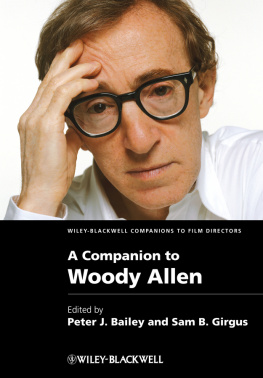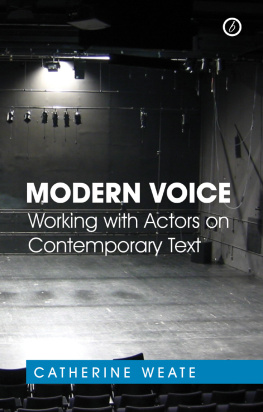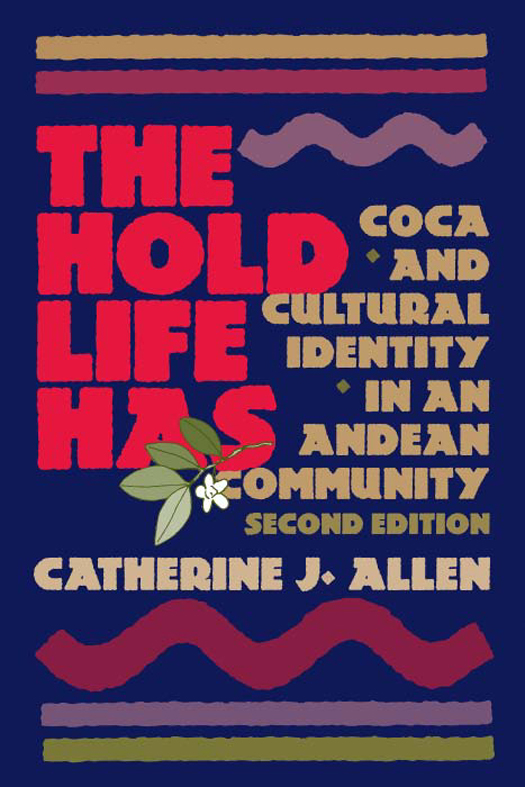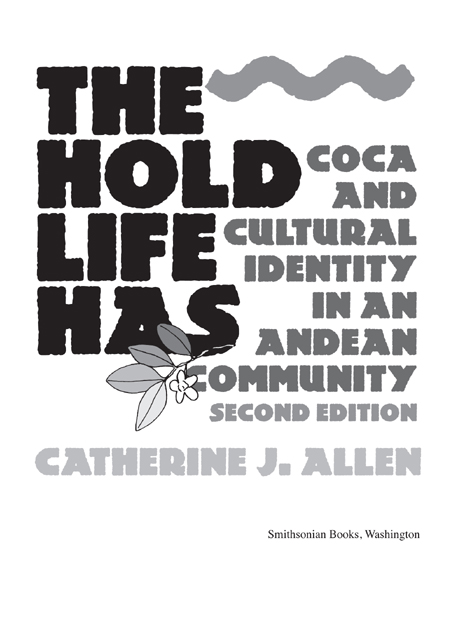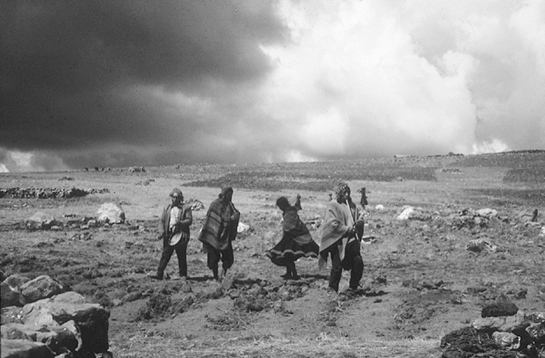
2002 by the Smithsonian Institution
All rights reserved
Copy editor: Laura Starrett
Production editor: Duke Johns
Library of Congress Cataloging-in-Publication Data
Allen, Catherine J.
The hold life has : coca and cultural identity in an Andean community / Catherine J. Allen. 2nd ed.
p. cm.
ISBN: 978-1-58834-032-0 (alk. paper)
1. Quechua IndiansRites and ceremonies.
2. Quechua IndiansSocial life and customs.
3. CocaSocial aspectsPeru. 4. Sonco (Peru)Social life and customs. I. Title.
F2230.2.K4 A45 2002
305.898323dc21 2002021013
British Library Cataloguing-in-Publication Data available
This is an electronic edition (eISBN: 978-1-58834-359-8) of original cloth edition.
For permission to reproduce illustrations appearing in this book, please correspond directly with the owners of the works, as listed in the individual captions (uncredited photos are the authors). Smithsonian Books does not retain reproduction rights for these illustrations individually or maintain a file of addresses for photo sources.
www.smithsonianbooks.com
v3.1

To Rufinas children
O chestnut-tree, great-rooted blossomer,
Are you the leaf, the blossom or the bole?
O body swayed to music, O brightening glance,
How can we know the dancer from the dance?
W. B. Yeats
For a complete man to be expressed,
individuals must hold hands in a chain of ceremony,
each giving deferentially with proper demeanor
to the one on the right what will be received
deferentially from the one on the left.
Erving Goffman
Contents
Chapter One
Water, Stones, and Light: A Cosmology
Chapter Two
The Web of Reciprocity
Chapter Three
And Then in That Sun: The Ayllu
Chapter Four
Coca Knows
Chapter Five
Drinking Together
Chapter Six
Rites of the Household
Chapter Seven
Rites of the Ayllu
Chapter Eight
Yawar Mayu: Blood River
Chapter Nine
Coca and Cultural Identity
Epilogue
Rufinas Children
Afterword to the Second Edition
No Somos Indios Ahora
Appendix A
A Note on Orthography
Appendix B
Kinship Terminology
Illustrations
Figures
. Map of the department of Cuzco
. Libation to the dead
. Preparation of the eight-leaved coca kintu
. Symmetry of coca chewing etiquette
. Asymmetry of drinking etiquette
. Folding the coca-carrying cloth
. Incaic ritual drinking vessel
Photographs
Landscape with scattered houses and cultivated fields
Luis and Rufina
Balvina and Luis take an afternoon coca break
Erasmo decorates his horse
Basilia and Josefa
Rufinas youngest children
Gavina weaves on a horizontal loom
Potato harvest
Ritual sharing of coca
Making ritual tassels
Chunchu and ukuku dancers
Luis hosts Corpus Christi
Esteban with his loudspeaker
Christmas Eve at Joses
The next generation: Eldder with his mother in Cuzco
Cirilo havests potatoes
Tile-roofed houses surrounding the church in Qoyapuqru
Lucia in her runa pacha
Juana sits by her quncha
Preface to the Second Edition
As one can never step into the same river twice, I have resisted the temptation to tinker extensively with the text in preparing this second edition of The Hold Life Has. Beyond correcting some errors and making a few emendations, I have left the text pretty much alone. I have expanded the endnotes and updated the bibliography (although I cannot claim to have included every relevant publication published since 1988, and I regret any inadvertent omissions). I dropped a superfluous diagram and revised to include changes in kinship terminology.
Nevertheless, my motivation for preparing a second edition was to update the material. The book continues to read as ethnographic present, yet that present is rapidly dwindling into the past, and the hold that life has in 2002 is not the same as it was in 1985. To incorporate new material into the old text was impossible without a massive (and probably pointless) rewriting, so I opted to write a new chapter based on visits I paid to Sonqo in 1995 and 2000. It is included as an Afterword.
I found the new chapter difficult to write. It took far longer than I expected, and I thank Scott Mahler and other staff members at the Smithsonian Institution Press for their patience. My thanks also go to Enrique Mayer, Bruce Mannheim, Andrs Sndor, Gary Urton, Frank Salomon, John Cohen, and Maria Eugenia Ulfe, all of whom commented on drafts of the new chapter, and to David Edwards who shared with me his video tapes and observations of a visit to Sonqo in 1999. The responsibility for any errors is, of course, my own. I am gratified that my book continues to be read, and I thank the many readers and reviewers who have offered feedback over the years. Thanks are due as well to the George Washington University, which funded my research trip in 2002. I am grateful to colleagues in Peru, particularly Antonia Miranda, Jorge Flores, Mariana Mould de Pease and Jean-Jacques Decoster for their cordial and supportive reception during the trip. Percy Alvaro was generous in sharing his insight and experience as a development specialist in Sonqo. Madeleyne Gutierrez accompanied me part of the time in Sonqo; I thank her, and her brother Eldder, for their affectionate assistance.
Finally, I am deeply grateful to the friends in Sonqo who greeted me with open arms when I reappeared unexpectedly after many years. This second edition is dedicated to them.
Preface to the First Edition
Havent you finished that book? asks Don Erasmo when I show up yet again in Sonqo. I know its hard work, he says, searching in his coca bundle for the best leaves to offer me. We work hard in our potato fields, and you work hard at your desk. But youre taking too long!
Being a kind of shaman, Erasmo appreciates the kind of work one does at a desk. The idea of a book about his community piques his interest, and he has been waiting for it since I first came to Sonqo in 1975. At that time I intended to do the usual stint of fieldwork leading first to a dissertation and then to a book, after which I planned to embark upon new projects in other communities and possibly other parts of the world. That first fieldwork did lead to my dissertation, bits and pieces of which surface in this book. But the episode never really closed; out of a mixture of inertia and fascination, my follow-up visits to Sonqo have continued for over a decade. Each time I return, I find that the community is changing rapidly in many ways. Children I knew in 1975 are now married and have children of their own, and some familiar faces are gone forever.




